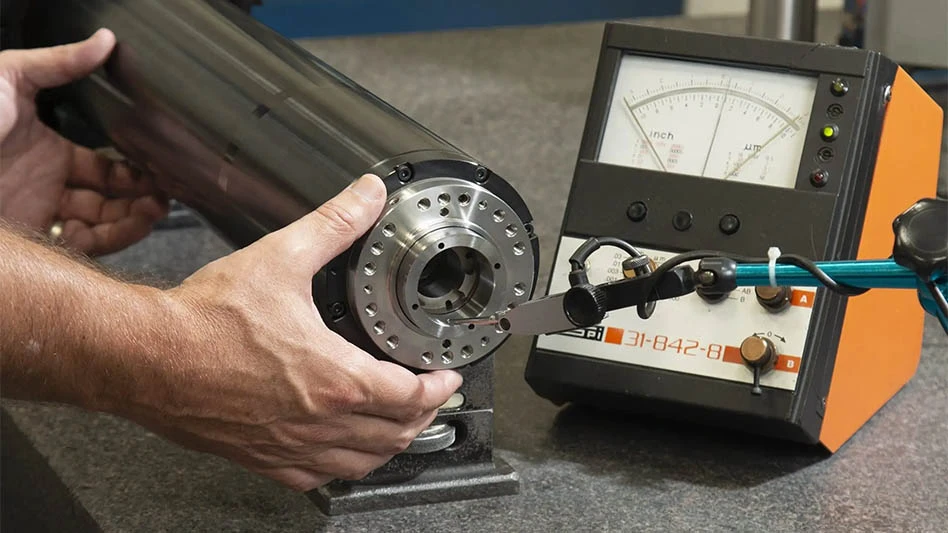
Airbus and Rolls-Royce have signed a collaboration agreement for the integration of Rolls-Royce’s UltraFan demonstrator for flight testing. The integration solutions demonstration will be co-funded by Clean Sky 2, the European Union research program focused on developing technology to reduce emissions.
UltraFan is a scalable jet engine design suitable for widebody or single-aisle aircraft and offers a 25% fuel efficiency improvement over the first-generation of Rolls-Royce Trent engine.
One element of the UltraFan program is planning for ground and flight tests, and to support this Rolls-Royce has signed an agreement with Airbus to provide both nacelle and engine/aircraft integration architecture and technology enablers.
Airbus’ integration solutions will play an important part in achieving the overall fuel efficiency improvement of higher bypass ratio engines such as UltraFan, through innovative architecture and associated technologies.
Axel Flaig, Airbus head of research and technology, said, “This technology development program with Rolls-Royce is a key project for Airbus to pave the way towards the next generation integrated propulsion systems that will be needed by airline customers towards the end of the next decade. We thank the Clean Sky 2 European funding program for its strong support to this project which is a key contributor towards the ACARE environmental targets.”
Andy Geer, Rolls-Royce chief engineer and head of the UltraFan program said, “This is another step forward in our UltraFan engine journey and it is great to have Airbus expertise to further strengthen our ability to deliver this important development program. We remain very grateful to Clean Sky 2 for its continued recognition of the environmental benefits that UltraFan will bring.”
UltraFan features a new engine core architecture and lean-burn combustion system which will contribute to improved fuel burn efficiency and lower emissions, along with a carbon titanium fan blade system and composite casing which reduce weight. The engine also introduces a geared design to deliver efficient power at high-bypass ratios.
For Airbus, the project will enable it to fully integrate the overall powerplant system – composed of engine, pylon, and nacelle – onto future long-range aircraft products, as well as facilitating scalability for future short-range aircraft. It will also build on Airbus’ expertise in advanced manufacturing technologies, such as high-deposition-rate additive manufacture, welded assembly, and high production rate thermoplastics.
Latest from Aerospace Manufacturing and Design
- Qatar Airways orders up to 210 Boeing widebody jets
- Digital test indicator offers larger measuring ranges
- AviLease orders up to 30 Boeing 737 MAX jets
- 256-piece general maintenance tool kit
- JetZero all-wing airplane demonstrator achieves milestones
- Cermet indexable inserts for medium turning operations
- Trelleborg acquires Aero-Plastics
- Industrial automation products, enclosed encoders





